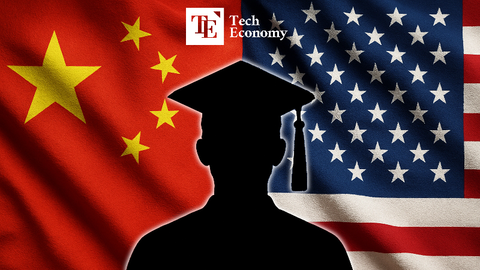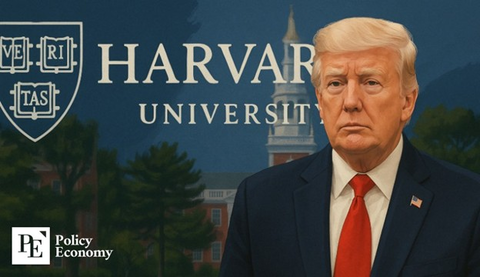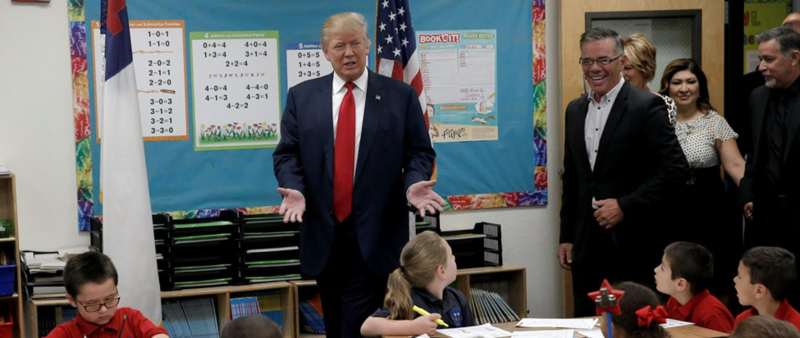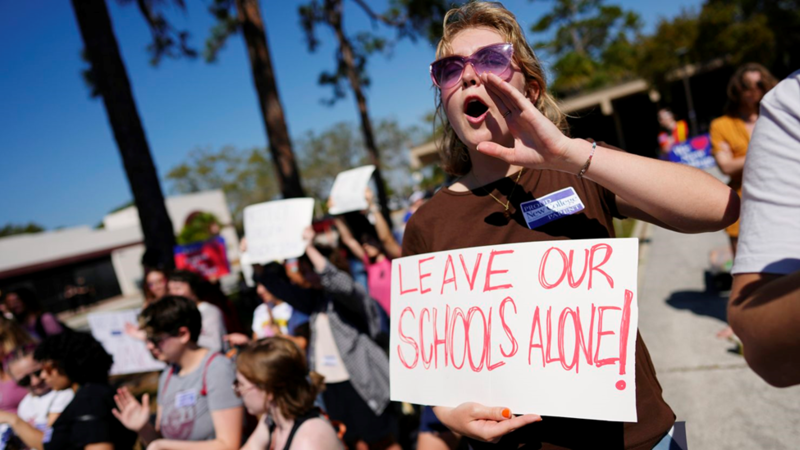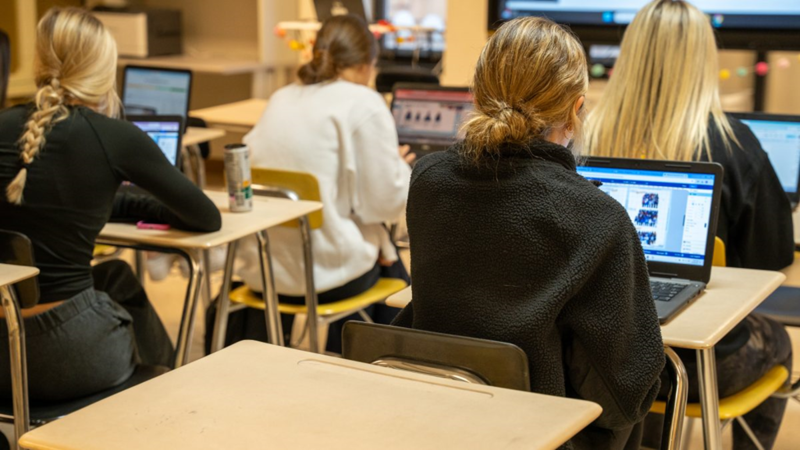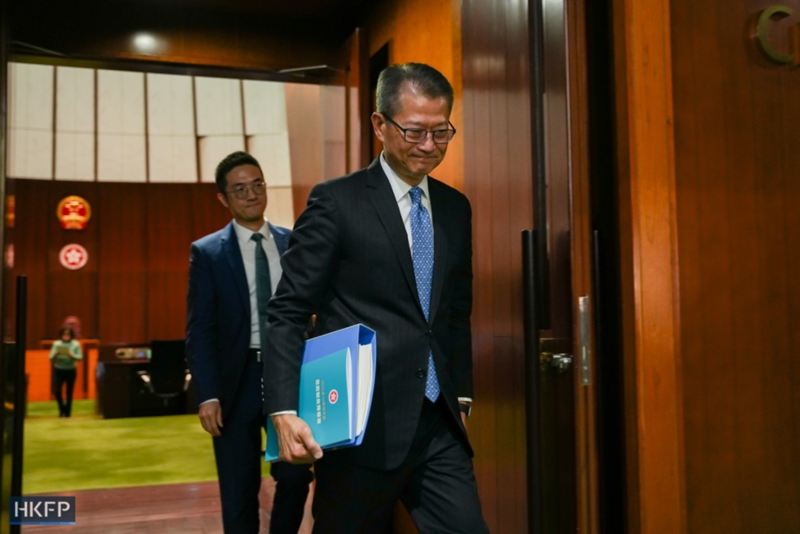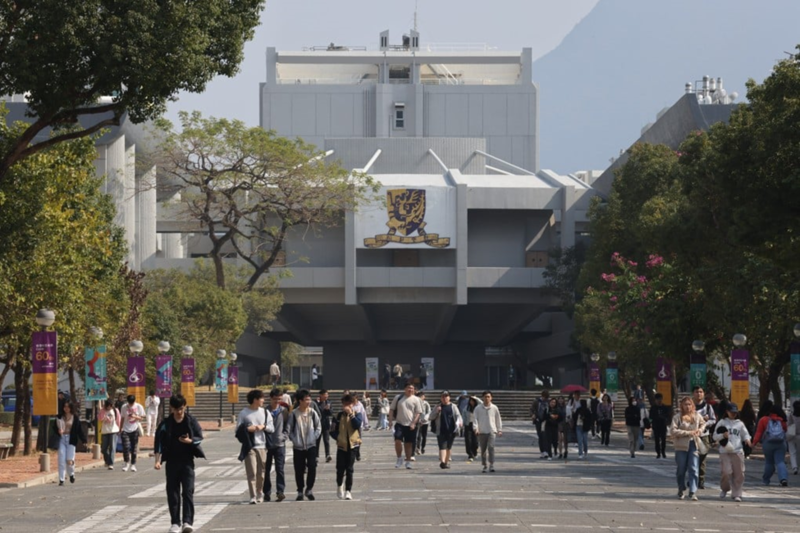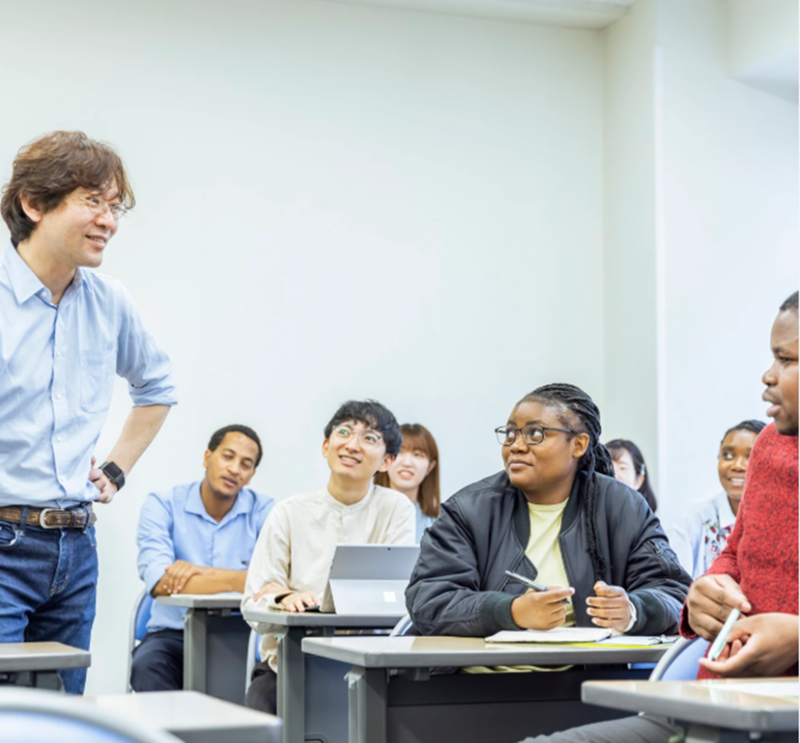Revolutionizing Business Management: How AI Tools Enhance Efficiency and Decision-Making
Input
Modified
AI-Powered Productivity: Transforming Scheduling and Task Management Automation and Efficiency: The Role of AI in Business Operations Data-Driven Decisions: AI’s Impact on Analytics and Business Intelligence

AI-Powered Productivity: Transforming Scheduling and Task Management
AI tools are revolutionizing business management by automating tasks, improving efficiency, and enhancing decision-making for professionals and MBA students. From scheduling and project management to data analysis and communication, these tools help streamline workflows and drive success in modern businesses.
Management professionals must remain competitive by staying informed about the most recent tools and technologies, as Artificial Intelligence (AI) is transforming the way businesses operate. AI tools facilitate the automation of repetitive duties, the optimization of operations, and the improvement of decision-making. Whether you are an experienced manager or an MBA student preparing for a leadership role, incorporating AI into your workflow can offer substantial benefits. This article delves into the impact of several of the most potent AI tools on business operations and administration, spanning a variety of categories.
Scheduling and productivity tools that are powered by artificial intelligence
Clockwise
Clockwise is a scheduling assistant that is AI-driven and optimizes work calendars by automatically resolving scheduling conflicts, allocating concentration time, and arranging meetings. It intelligently reschedules meetings to create more uninterrupted blocks of time for serious work, learning from a user's work habits. It also integrates with tools such as Slack and Google Calendar, which reduces distractions and provides automatic status updates.
Motion
Motion integrates task management with AI-powered scheduling. It dynamically adjusts calendars in accordance with new priorities and duties. Motion employs machine learning to analyze workloads and autonomously schedule tasks at the most optimal times, thereby guaranteeing that deadlines are met without overwhelming users. Additionally, it provides users with automated reminders and priority settings to assist them in maintaining their focus.
Reclaim
Reclaim is a time management utility that is powered by AI and is designed to assist in the balance of personal and professional responsibilities. It ensures that users maintain productivity while maintaining a work-life balance by automatically blocking out time for recurring duties, such as exercise, meetings, or focused work. Reclaim also integrates with popular calendar applications and dynamically adjusts schedules in response to fluctuating workloads.

Automation and Efficiency: The Role of AI in Business Operations
UiPath
UiPath is a premier robotic process automation (RPA) tool that allows businesses to automate repetitive duties, including data entry, invoice processing, and customer service requests. It features a drag-and-drop interface that is user-friendly, allowing for the creation of automation workflows, the reduction of manual errors, and the enhanced operational efficiency. It is a potent instrument for enterprise applications due to its AI capabilities, which include intelligent process automation and document understanding.
Atera
Atera is a comprehensive IT management platform that is enabled by AI and automates remote monitoring, IT support, and analytics. It offers predictive analytics to detect prospective IT issues prior to their development into problems. Atera also provides automated ticketing systems, which enable IT teams to efficiently manage and resolve technical issues while minimizing disruption for businesses.
Reply.io
Reply.io is a company that specializes in the automation of sales and communication through artificial intelligence. It automates personalized email sequences and analyzes consumer interactions through the use of natural language processing (NLP). Additionally, the tool offers AI-powered email categorization, automatic follow-ups, and response monitoring, which guarantees more effective and targeted outreach campaigns.
Artificial Intelligence Tools for Writing and Note-Taking
Mem
Mem is a note-taking application that is powered by artificial intelligence and organizes information in a contextual manner. It enables users to dynamically identify and link notes, thereby guaranteeing the seamless retrieval of pertinent data when required. It is highly effective for knowledge management due to its AI-powered search feature, which enables users to rapidly locate notes related to specific projects, meetings, or discussions.
Fireflies.ai
An AI-powered meeting assistant, Fireflies.ai, records, transcribes, and analyzes conversations. Microsoft Teams, Zoom, and Google Meet are among the video conferencing tools that it integrates with. Fireflies employs natural language processing (NLP) to recognize critical discussion points, action items, and speaker contributions, thereby enabling teams to revisit significant moments and enhance collaboration.
Grammarly
Grammarly is an AI-powered writing assistant that improves communication by identifying and correcting grammar, punctuation, and style errors. Additionally, it provides recommendations for enhancing the lucidity, tone, and engagement of written communication. Grammarly's sophisticated artificial intelligence (AI) is an indispensable asset for business communication, as it identifies context-based errors and offers suggestions that are customized to the user's writing style.
Project Management and Collaboration Tools
ClickUp
ClickUp is a project management platform that is AI-enhanced and offers a comprehensive integration of tasks, documents, objectives, and chat in a single location. Its artificial intelligence capabilities facilitate the automation of routine tasks, the recommendation of task prioritization, and the prediction of project deadlines by analyzing historical data. Additionally, ClickUp provides AI-powered reporting, which allows managers to acquire insights into the efficacy of workflows and the performance of their teams.
Asana
Asana utilizes artificial intelligence (AI) to facilitate the management of workflows, the monitoring of project progress, and the identification of impediments. It ensures optimum resource allocation by assigning intelligent tasks based on workload and expertise. Asana's AI-powered automation enables users to establish personalized rules for managing repetitive duties, thereby enhancing efficiency and reducing manual labor.
Zoho Projects
Zoho Projects incorporates AI to automate task assignments, forecast project risks, and offer comprehensive performance analytics. It comprises an AI chatbot that facilitates the immediate retrieval of critical insights and the monitoring of project status. Additionally, Zoho's AI detects project delays and recommends corrective measures to maintain the progress of projects.

Data-Driven Decisions: AI’s Impact on Analytics and Business Intelligence
Artificial Intelligence-Powered Data Analysis and Visualization Software
Tableau
Tableau employs artificial intelligence (AI) to generate interactive dashboards and data visualizations. It encompasses AI-driven analytics tools such as Explain Data, which offer automated insights into key trends and outliers in datasets. Tableau's predictive analytics capabilities assist businesses in making data-driven decisions by identifying potential hazards and opportunities.
Power BI
AI is employed by Microsoft's Power BI to model and correlate data from a variety of sources. It is equipped with AI-powered natural language queries, which enable users to pose inquiries regarding data and receive immediate visualizations. Additionally, Microsoft Azure AI services are integrated with Power BI to provide advanced data forecasting and machine learning capabilities.
Qlik Sense
Qlik Sense utilizes AI-powered data discovery to allow users to interactively investigate datasets and uncover concealed business opportunities. Its associative data model enables more adaptable analysis, and AI-driven insights assist users in recognizing patterns and relationships that conventional business intelligence tools may overlook.
6.) Artificial Intelligence for Meeting Management and Business Communication
Otter.ai
Otter.ai offers real-time transcription services for lectures, interviews, and meetings. It improves collaboration by guaranteeing that discussions are accurately documented. Otter's AI automatically identifies action items, generates meeting summaries, and highlights key points, thereby simplifying the process of following up on critical decisions for teams.
Fathom
Fathom integrates with conferencing platforms to provide critical takeaways and insights, recording and summarizing meetings. It employs artificial intelligence (AI) to identify and categorize discussion topics, extract necessary details, and produce concise meeting summaries that are simple to review and distribute.
Beautiful.ai Team Plan
Beautiful.ai provides a cutting-edge AI-powered presentation tool that enables marketing teams and business managers to optimize their visuals and presentations. The team plan allows administrators to establish brand colors, themes, and logos, thereby guaranteeing uniformity throughout the organization. Users can enhance efficiency and generate professional presentations by utilizing drag-and-drop functionality to organize content in accordance with brand guidelines. Slide decks are conveniently preserved in a searchable cloud library, which facilitates their retrieval and repurposing.
Pro Rank Tracker
Pro Rank Tracker is an AI-driven SEO tool that is specifically designed for marketing managers and general business executives. It offers real-time monitoring, analysis, and reporting on search engine rankings for Google, Yahoo, Bing, Amazon, and YouTube. The monitoring of SEO performance can be made effortless through the automatic generation and sharing of reports. The tool facilitates the extension of global businesses by supporting multilingual reports.
Genei
Genei is an AI research instrument that enables managers and teams to conduct research at a faster pace. Genei will generate summaries, highlight key points, and provide relevant resources after users create projects and add keywords. This tool significantly reduces the time required for research by paraphrasing essential ideas and extracting the most valuable information.
The manner in which management professionals and MBA students approach their work is being revolutionized by AI tools. Business executives can make more informed decisions, reduce workloads, and improve efficiency by utilizing AI-driven scheduling, automation, writing assistance, project management, data analysis, and communication tools. It is imperative to remain informed about these AI developments in order to sustain a competitive advantage in the fast-paced business environment of the present day.
Accepting AI is no longer an option; it is a critical approach to success in contemporary management.








